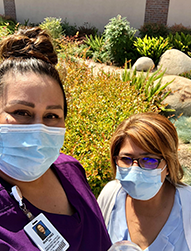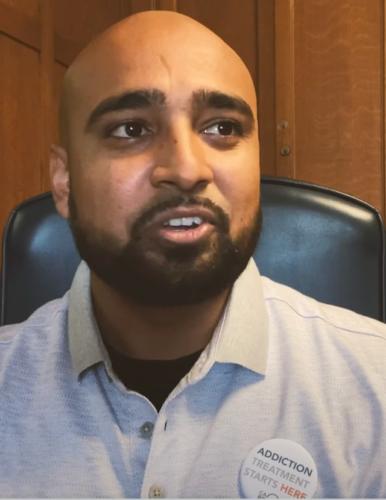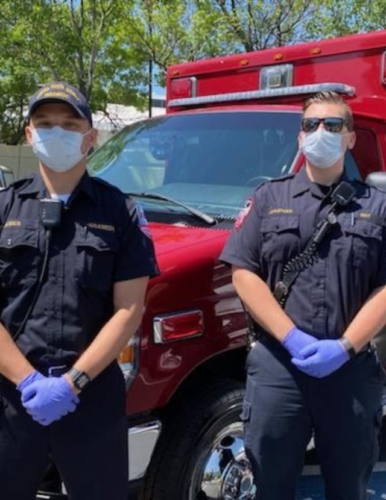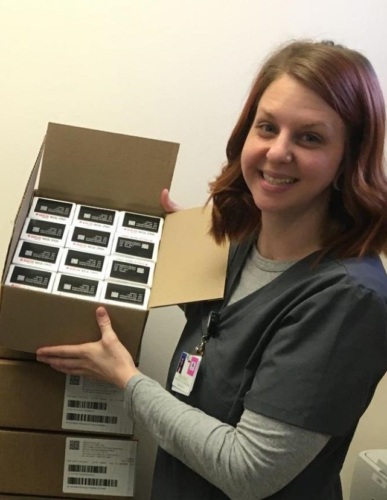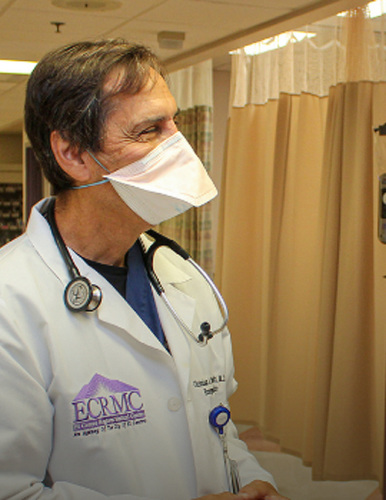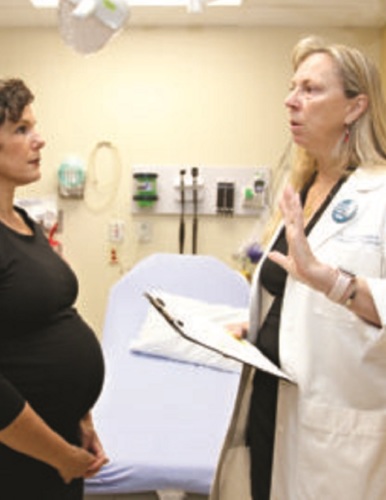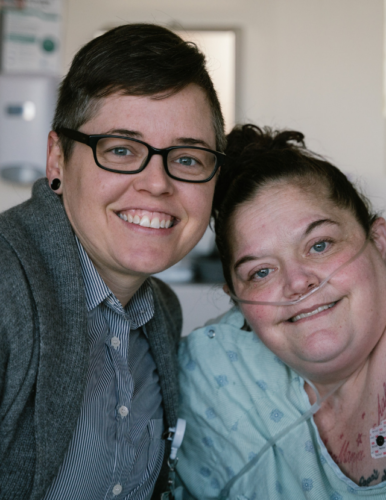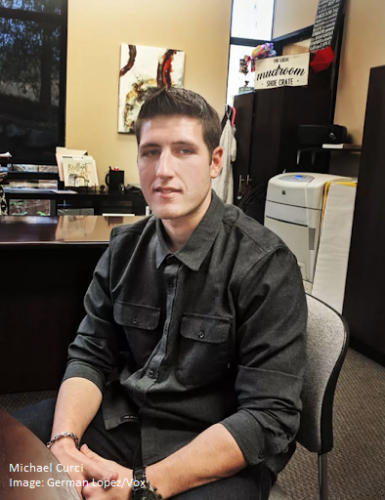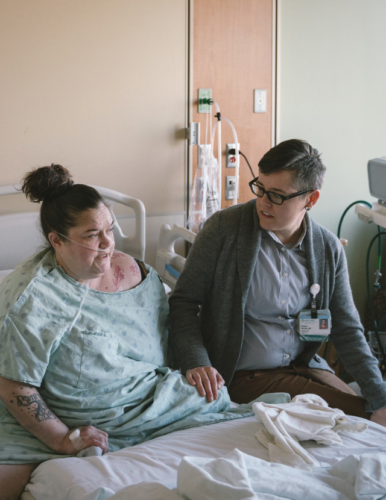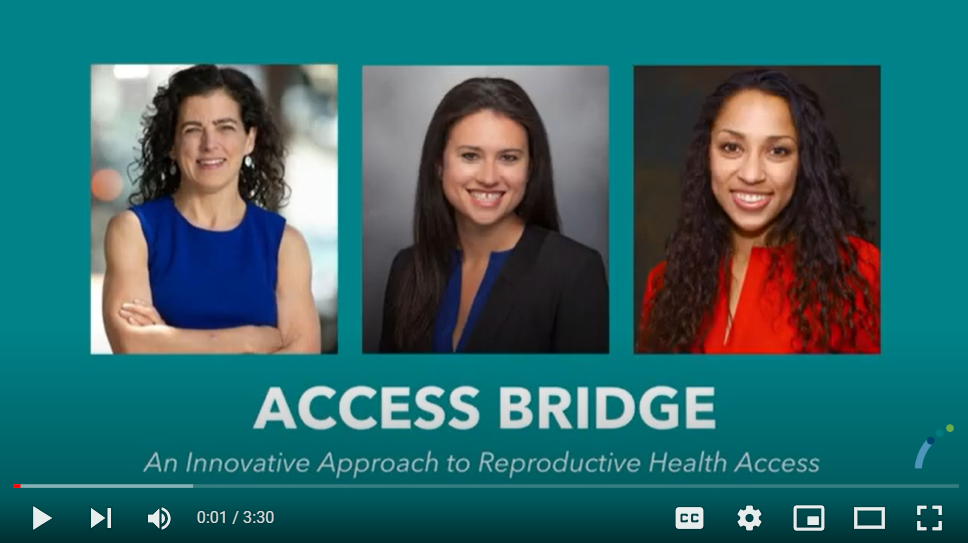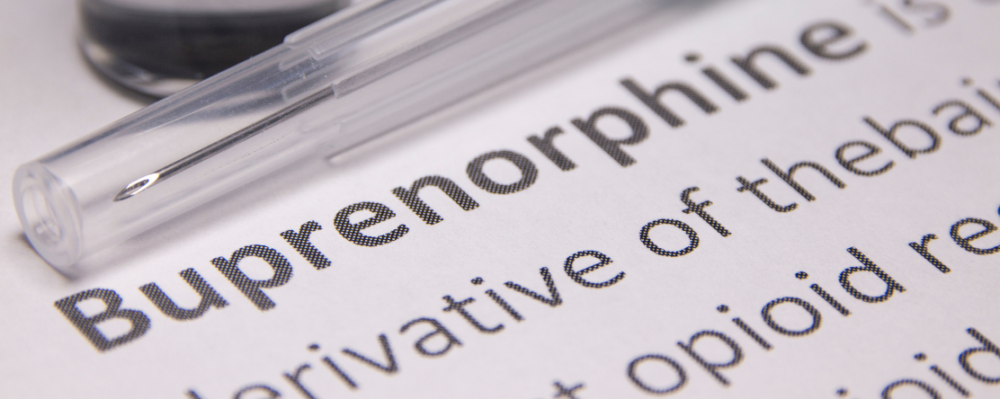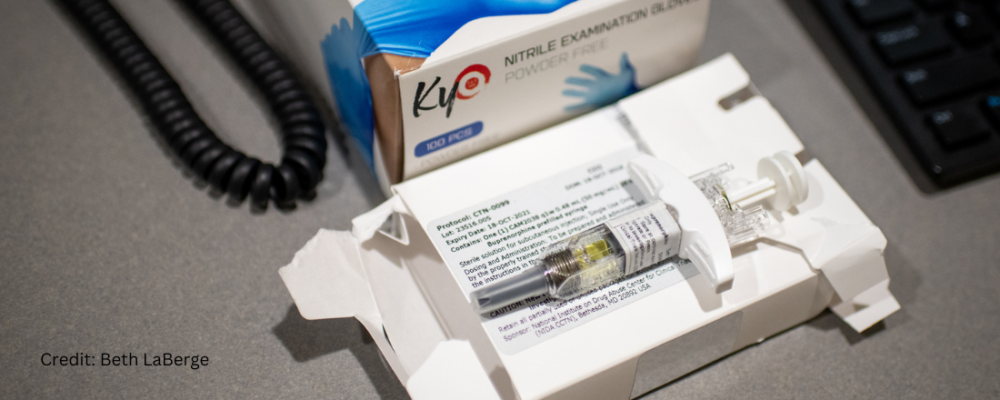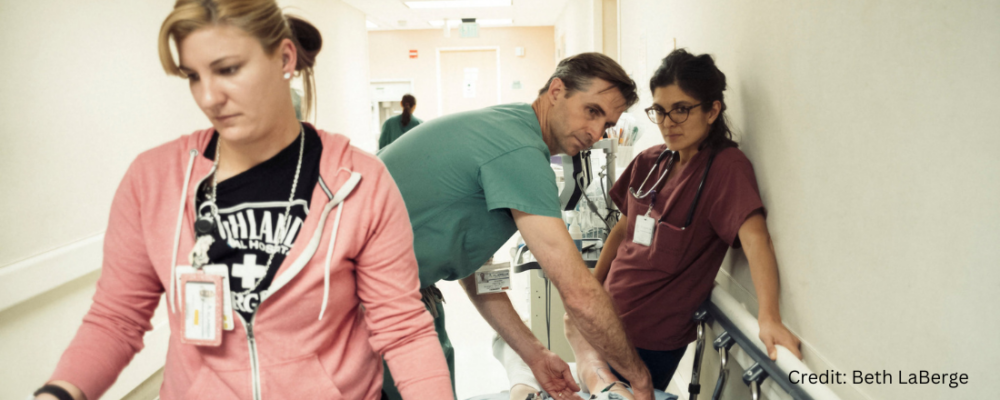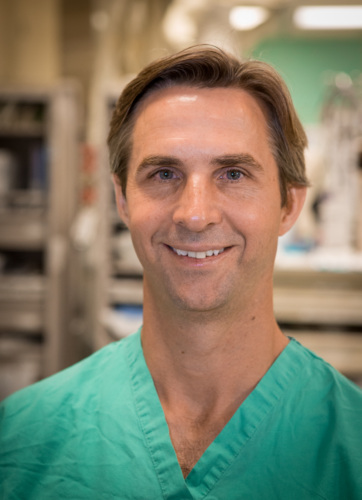
Bridge

Emergency care is the only health care that is guaranteed to anyone in the U.S. regardless of ability to pay. Bridge aims to build on this guarantee by bridging emergency care and community health to create an integrated system that improves health and equity. Using a social emergency medicine approach, Bridge is supporting emergency providers and their community partners with funding, tools, and training to help them better serve people who have been traditionally excluded from the healthcare system. Bridge currently has three main focus areas: addiction treatment; reproductive health; and public health screening. Aimee Moulin, MD and Arianna Campell, PA serve as Co-Program Directors on Bridge initiatives.
Program Directors

Principal Investigators
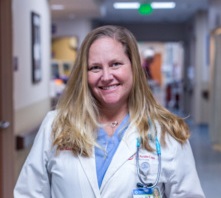
Arianna Campbell, PA-C, MPH

Elizabeth Keating, MPA

Aimee Moulin, MD
-
Focus Areas
Alcohol, Tobacco, Drugs & Mental Health, Capacity Building & Leadership, Communicable Disease Prevention, Health Care & Population Health -
Issues
Reproductive & Sexual Health -
Expertise
Technical Assistance -
Strategic Initiatives
Opioids
Our Impact
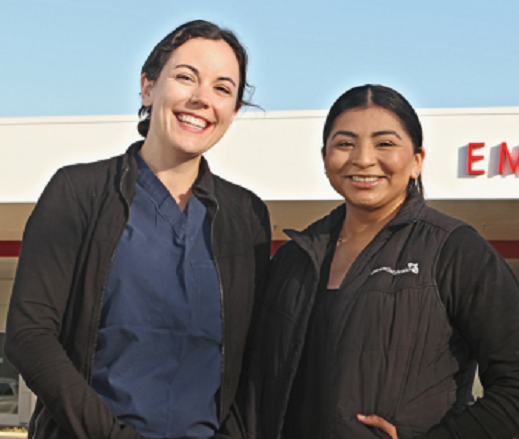
- 236K patients seen for substance use disorders
- 280+ hospitals across the country have worked with Bridge to offer medication for addiction treatment & navigate patients to ongoing care
- 200+ paramedics trained to administer buprenorphine from the ambulance for patients with opioid use disorder
Projects
Active Projects
- CA Bridge
-
CA Bridge saves lives by making it possible for people who use drugs to get treatment at any hospital—whenever and wherever they need it. Today, hospitals implementing the CA Bridge program provide thousands of patients with equitable and accessible evidence-based care. Learn more.
- National Bridge Network
-
The National Bridge Network is revolutionizing addiction treatment throughout the United States. The Emergency Department is a critical component of our national overdose response strategy. As a primary interface between the community and the medical and behavioral health systems, the Emergency Department is uniquely positioned to provide access and integration to improve addiction care. By coordinating efforts nationally, we work to improve the implementation of evidence-based strategies across the U.S.
- EMS Bridge
-
To save lives and improve patient outcomes, we engage emergency medical service (EMS) agencies and personnel in the treatment of opioid use disorder (OUD) and the prevention of opioid overdose. Under our EMS Bridge model, eligible patients are treated with buprenorphine from the ambulance. Paramedics use motivational interviewing to engage patients and encourage them to be seen at a nearby Emergency Department that treats OUD. All patients receive follow-up from a patient navigator who connects them to ongoing substance use disorder care. Paramedics also distribute naloxone to patients and their friends and family to prevent future overdose deaths.
- Access Bridge
-
The Emergency Department is uniquely positioned to be a safety net for sexual and reproductive health services. The Emergency Department is open 24/7, available in most communities, and staffed by clinicians trained to manage multiple specialties. Fortunately, many sexual and reproductive health needs can be met quickly and easily in Emergency Departments. And, in light of the alarming restrictions on reproductive rights, healthcare providers have a moral imperative to make legal reproductive health services widely available. We can make a critical difference in ensuring access to care in states with abortion bans by strengthening care provided in Emergency Departments. Find out more about Access Bridge.
- ED Syphilis/HIV/HCV Screening
-
Emergency Departments are uniquely positioned to identify people with undiagnosed syphilis, HIV, and hepatitis C infections. In partnership with the California Department of Public Health, Bridge is administering the Emergency Department Syphilis/HIV/HCV Screening Program.
Work With Us
You change the world. We do the rest. Explore fiscal sponsorship at PHI.
Support Us
Together, we can accelerate our response to public health’s most critical issues.
Find Employment
Begin your career at the Public Health Institute.


